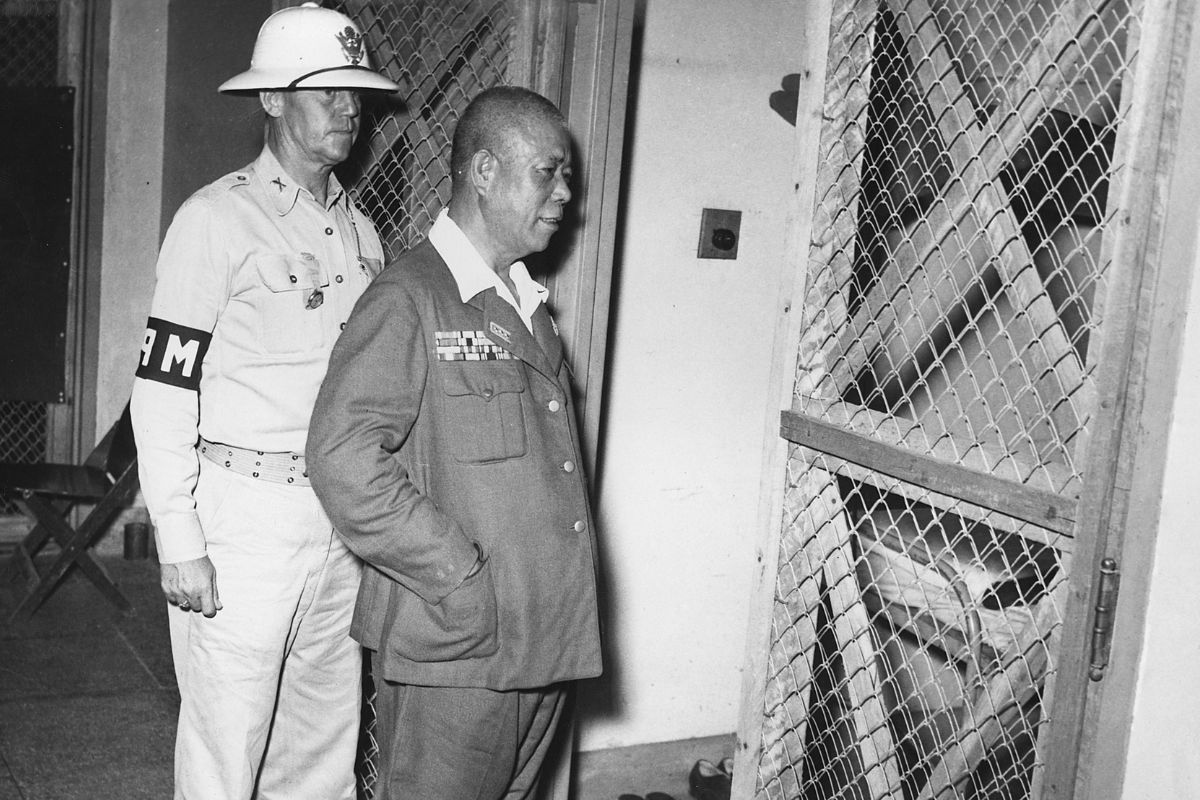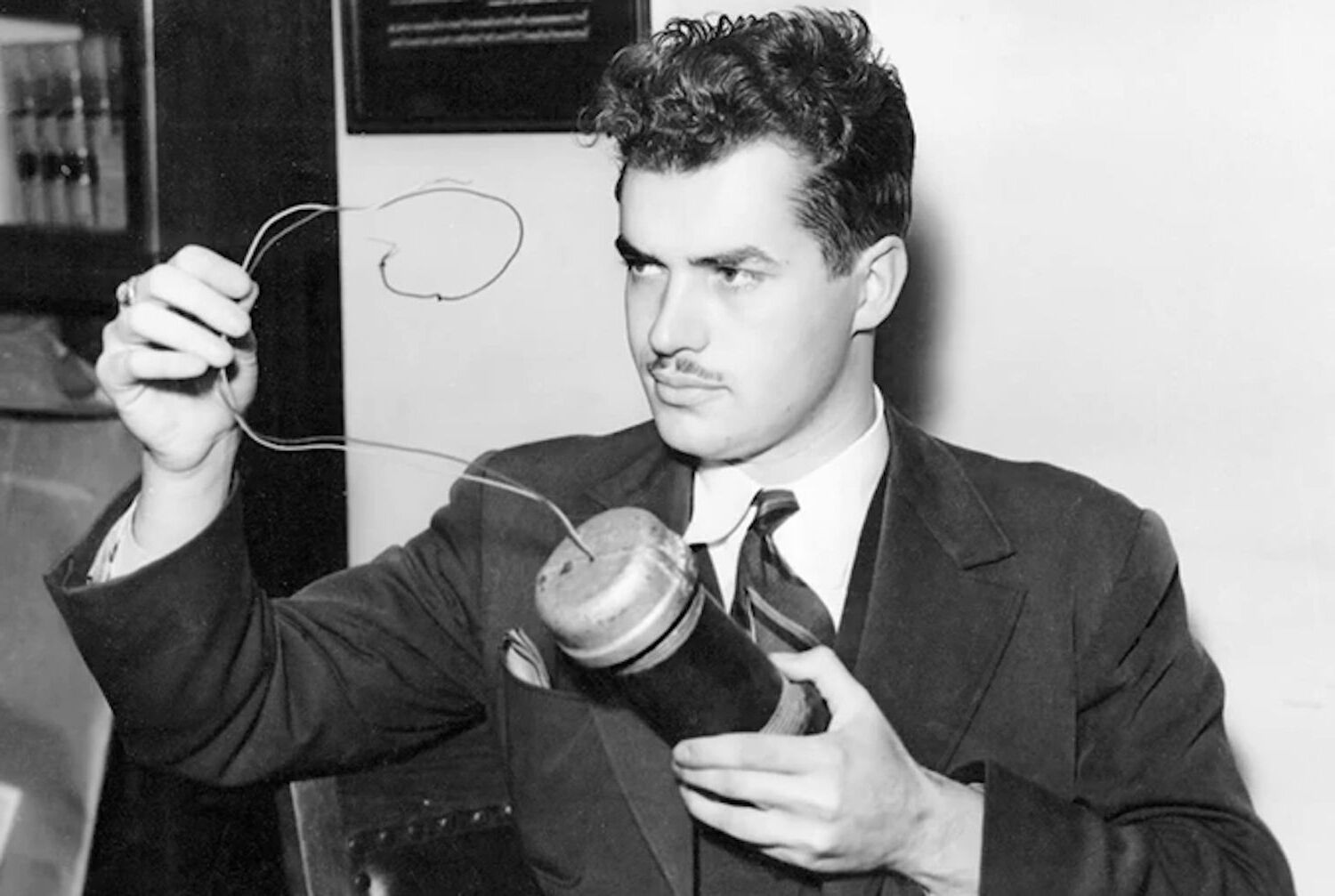
Did you know that Japanese war crimes during World War II were some of the most brutal and horrific acts in history? From the infamous Nanking Massacre to the inhumane treatment of prisoners of war, these events left a lasting scar on humanity. Japanese war crimes involved mass killings, forced labor, and medical experiments on living humans. These atrocities were not limited to soldiers; civilians, including women and children, suffered immensely. Despite efforts to bring justice, many perpetrators escaped punishment. Understanding these dark chapters is crucial for ensuring such horrors never repeat. Let's dive into 35 shocking facts about these war crimes that will leave you speechless.
Key Takeaways:
- Japanese war crimes during World War II, including the Nanking Massacre and Unit 731's human experimentation, had a devastating impact on civilians and prisoners of war across Asia and the Pacific.
- The legacy of Japanese war crimes continues to affect international relations and collective memory in Asia, with ongoing debates about the extent of atrocities and the adequacy of apologies.
Japanese War Crimes: An Overview
Japanese war crimes during World War II remain a dark chapter in history. These acts were committed by the Imperial Japanese Army and Navy against civilians and prisoners of war across Asia and the Pacific. Here are some crucial facts to understand the extent and impact of these atrocities.
-
The Nanking Massacre in 1937 saw Japanese soldiers kill an estimated 200,000 to 300,000 Chinese civilians and disarmed soldiers.
-
The Unit 731 was a covert biological and chemical warfare research and development unit of the Imperial Japanese Army that conducted lethal human experimentation.
-
Comfort Women were women and girls forced into sexual slavery by the Imperial Japanese Army in occupied territories.
-
The Bataan Death March in 1942 involved the forcible transfer of 60,000–80,000 Filipino and American prisoners of war, resulting in thousands of deaths.
-
The Sook Ching Massacre was a systematic purge of perceived hostile elements among the Chinese in Singapore by the Japanese military in 1942.
-
Forced Labor saw millions of civilians and prisoners of war from occupied territories forced to work in harsh conditions.
-
The Sandakan Death Marches in Borneo led to the deaths of approximately 2,345 Allied prisoners of war.
-
Chemical Weapons were used by Japan in China, violating international laws.
-
The Bangka Island Massacre involved the killing of 21 Australian nurses and other survivors of a shipwreck by Japanese soldiers in 1942.
-
Cannibalism was reported among Japanese troops in New Guinea, often involving the consumption of Allied prisoners of war.
Atrocities in China
China bore the brunt of Japanese aggression during the war. The scale and brutality of the crimes committed there were staggering.
-
The Nanking Safety Zone was established by Westerners to protect Chinese civilians, but it was often violated by Japanese soldiers.
-
Three Alls Policy ("Kill All, Burn All, Loot All") was a scorched earth policy implemented by Japan in China.
-
The Rape of Nanking saw widespread sexual violence, with tens of thousands of women raped.
-
Bombing of Chongqing involved extensive aerial bombings by Japan, causing massive civilian casualties.
-
Biological Warfare experiments by Unit 731 included spreading plague-infected fleas in Chinese cities.
War Crimes in Southeast Asia
Southeast Asia also suffered greatly under Japanese occupation, with numerous war crimes committed against local populations and Allied prisoners.
-
The Burma Railway construction led to the deaths of over 100,000 forced laborers and prisoners of war.
-
Palawan Massacre in the Philippines saw Japanese soldiers kill 150 American prisoners of war in 1944.
-
Manila Massacre involved the killing of over 100,000 Filipino civilians by Japanese forces in 1945.
-
Batavia Massacre in Indonesia saw the execution of hundreds of Dutch civilians and soldiers.
-
Sook Ching Operation targeted Chinese communities in Malaya and Singapore, resulting in thousands of deaths.
Treatment of Prisoners of War
The treatment of prisoners of war (POWs) by Japanese forces was notoriously brutal, violating numerous international conventions.
-
The Geneva Convention was often ignored by Japan, leading to widespread abuse of POWs.
-
Hell Ships were used to transport POWs under horrific conditions, leading to high mortality rates.
-
Forced Marches saw POWs subjected to long, brutal marches with little food or water.
-
Torture and Execution of POWs were common, often used as punishment or intimidation.
-
Medical Experiments on POWs were conducted by Unit 731 and other Japanese medical units.
Post-War Trials and Accountability
After the war, efforts were made to hold Japanese war criminals accountable, though many escaped justice.
-
The Tokyo Trials were held to prosecute Japanese leaders for war crimes, resulting in several executions and life sentences.
-
Class A, B, and C War Criminals were categorized based on their level of responsibility and the severity of their crimes.
-
Emperor Hirohito was not prosecuted, a controversial decision that remains debated.
-
Many War Criminals were later released or had their sentences reduced during the Cold War.
-
Apologies and Reparations have been issued by Japan, though many victims and their families feel they are insufficient.
Legacy and Remembrance
The legacy of Japanese war crimes continues to affect international relations and collective memory in Asia.
-
Memorials and Museums in China, Korea, and other affected countries commemorate the victims of Japanese war crimes.
-
Historical Revisionism in Japan has led to disputes over the portrayal of wartime events in textbooks.
-
Survivor Testimonies provide crucial firsthand accounts of the atrocities committed.
-
International Relations between Japan and its neighbors are still influenced by wartime memories and unresolved issues.
-
Ongoing Debates about the extent of Japan's wartime atrocities and the adequacy of its apologies continue to shape historical discourse.
Reflecting on History
Understanding Japanese war crimes during World War II is crucial for grasping the full scope of the conflict's impact. These events, often overshadowed by other wartime atrocities, reveal the darker aspects of human behavior and the devastating consequences of unchecked power. From the Nanking Massacre to the brutal treatment of POWs, these actions left scars that still resonate today.
Acknowledging these facts isn't just about remembering the past; it's about learning from it. By studying these events, we can better understand the importance of human rights and the need for international justice. It's a reminder that history, no matter how grim, holds lessons for the future.
Let's ensure these stories aren't forgotten, so future generations can build a world where such horrors never happen again. History's harsh lessons can guide us toward a more just and peaceful world.
Frequently Asked Questions
Was this page helpful?
Our commitment to delivering trustworthy and engaging content is at the heart of what we do. Each fact on our site is contributed by real users like you, bringing a wealth of diverse insights and information. To ensure the highest standards of accuracy and reliability, our dedicated editors meticulously review each submission. This process guarantees that the facts we share are not only fascinating but also credible. Trust in our commitment to quality and authenticity as you explore and learn with us.


